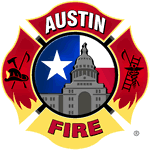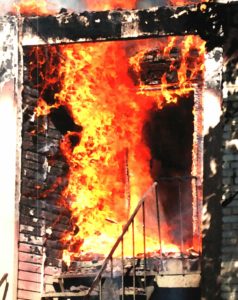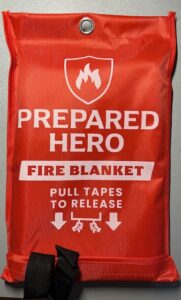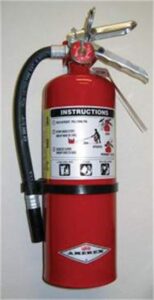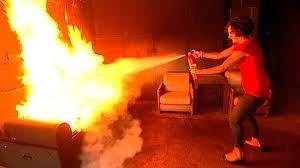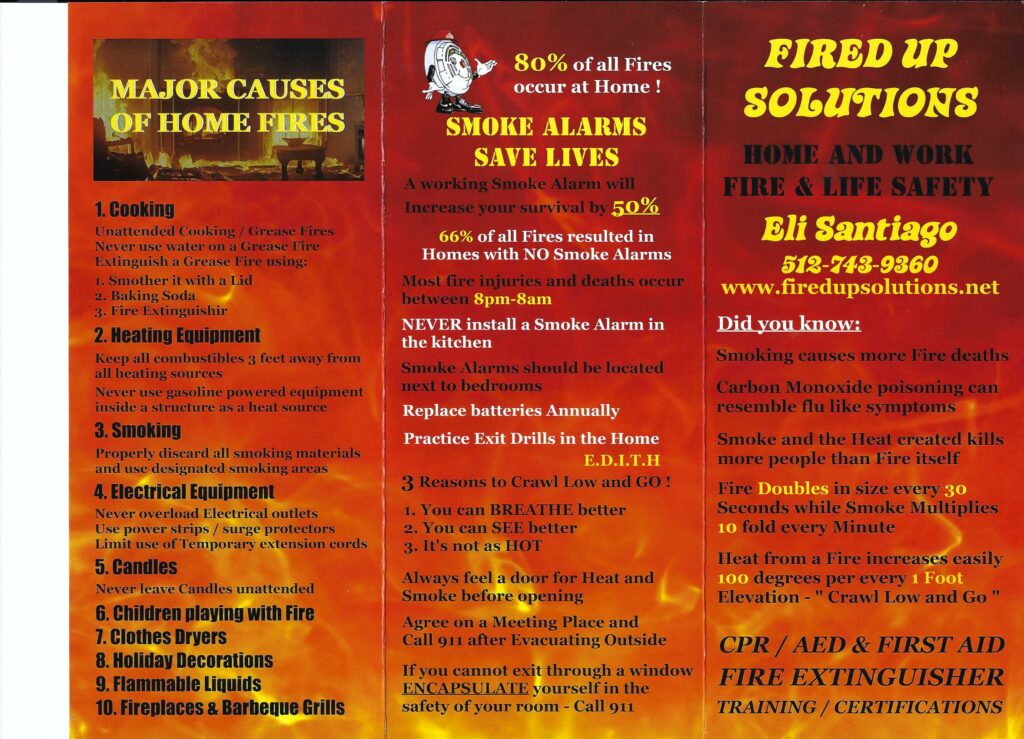“Excellence beyond our standards. Service beyond your expectations!”
The Austin Fire Department began operations in June, 1916 with 27 men. Today AFD currently employs over 1300 firefighters and has 54 fire stations, making AFD the 14th Largest Fire Department in the 11th largest city in America.
Austin Fire Department Response volume:
70% – Medical Emergency Response
27% – Various Emergencies: water rescue, hazardous materials, malfunction alarm systems, vehicle accidents (account for 12% of the 27%), vehicle fires, dumpster fires, grass fires, technical rescues, public assistance and other emergencies and non-emergencies.
3% – Residential or Commercial structure fires
– Average AFD response time – 8 minutes with an up to 80 seconds turn around time (the time it takes crews to be enroute) / National average 8 minutes & 43 seconds (In 2002 AFD’s response time was 4.7 minutes, however Austin was the 24th largest city where as Austin is now the 11th largest city in America)
 SMOKE ALARMS – Be Alarmed!
SMOKE ALARMS – Be Alarmed!
A working Smoke Alarm will increase your chances of survival by 50% – Give your household at least half a chance!
Place smoke alarms next to bedrooms, test smoke alarms monthly, replace batteries at least once a year. Smoke alarms now feature a 10-year Lithium battery. If a smoke alarm activates (constant intermittent beeps typically indicate a weak battery) with no presence of smoke, replace the battery or clear the opening where the smoke enters the smoke alarm for any possible buildup of spider webs, insects or dust. A pressurized can of air spray works best or vacuum cleaner hose nozzle.
More than one-third (38%) of home fire deaths result from fires in which no smoke alarms were present.
Never place a smoke alarm in the kitchen or just outside a bathroom, the steam from the hot water can possibly activate the smoke alarm.
A house fire burning for 1 minute grows to 3 times its original size. 11 times by 4 minutes and after 6 minutes, it reaches 50 times its original size.
** To participate in the Smoke Alarm program please call the FREE SMOKE ALARM HOTLINE at (512) 974-0299. Please leave your name, address, and phone number and your call will be returned to schedule your FREE installation.
The Fire Triangle – Fuel, Heat and Oxygen
Practice Exit Drills in the home (E.D.I.T.H) and have a meeting place in front and away from your home. You only have on average about two minutes or less to escape!!
- It takes on average less than 5 minutes for a fire to completely engulf a home.
- Smoke multiplies tenfold for every minute.
- Fire starts bright, but quickly produces black smoke and complete darkness.
Call 911 only after all have safely evacuated. Give the exact street or apartment location. For any emergency assure, if possible, that someone will be by the street side of the structure to flag down responding units. Be certain that the house address numbers are visibly displayed and turn on the exterior front light for night-time emergencies. When you are fortunate to escape – NEVER re-enter a burning structure. You only get ONE chance to escape!
Preferably sleep with doors closed. In the event of a fire – touch the door and handle feeling for the heat of smoke and fire, if hot proceed to exit through a window. If you open a door, open it slowly. Be ready to shut it quickly if heavy smoke or fire is present.
If the location of your bedroom is on a second floor or higher and you cannot escape due to fire and smoke – keep the door CLOSED, seal the bottom of the door with clothes or blankets. Close off all air vents in the room in the event that smoke may be entering through the air handling system. Open the window, turn the lights on and attempt to get someone’s attention. Call 911 giving the operator your exact location. ENCAPSULATE YOURSELF in the safety of your room. Once the Fire Department arrives you are the Number ONE priority!!
Collapsible window roll out ladders can be purchased as a means of escape from a second floor.
When evacuating an area with smoke: Stay Low and GO! Because – You can Breathe better, you can See better and it’s not as Hot. Considering if smoke is at floor level – Every one-foot elevation in a home fire, easily raises the temperature approximately 100 degrees!!! At 5 feet the temperature can be as high as 500 degrees or more, a typical oven can reach a temperature of 500 degrees at its highest setting. Typical house fire can typically reach temperatures of between 1000-2000 degrees. Smoke Inhalation accounts for the majority of all fire deaths.
If your clothes catch on fire – Stop, Drop and Roll, covering, your face. Do Not Run!!
FIRE EXTINGUISHERS
Using one is as easy as – ABC
– Do not attempt to extinguish a fire larger than an Average desk in size.
– A typical 5 Lb. ABC Fire Extinguisher has a discharge time of up to15 seconds before it is completely depleted.
– Replace plastic neck fire extinguisher and smoke alarms every 10 years (Date of manufacture is listed). Plastic neck fire extinguisher are one time use only! Once you use it – lose it! Metal neck fire extinguisher can be recharged.
– Assure that the extinguishing agent does not settle to the bottom of the extinguisher (Gravity) by turning it from top to bottom as often as possible especially after prolonged storage.
– Keep a fire extinguisher readily available and visible. Keep a fire extinguisher away from any fire source such as a stove or fireplace.
How to use a Fire Extinguisher
- PASS
– P ULL the pin (do not squeeze the handle)
– A IM the nozzle at the base of the fire
– S QUEEZE the Handle (disbursing the extinguishing agent)
– S WEEP from side to side while slowly moving in
Classes of fires
- A – Paper, wood, rubber, plastics
- B – Flammable liquids
- C – Electrical equipment

